17 July 2024
We are happy to announce our new research plan for 2024. 13 new research projects have been developed in collaboration with research users, Traditional Owners and other co-contributors. The new projects are helping to protect threatened species and threatened ecological communities from threats posed by invasive species, climate change and other pressures. The research projects have also been informed by the objectives, targets, priority species and priority places of the Australian Government’s Threatened species action plan 2022–2032.
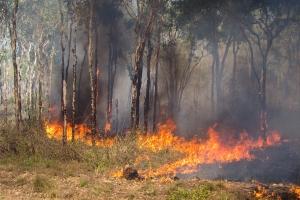
Bushfire in the outback of Kakadu National Park. Photo: Uwe: AdobeStock
Late dry season bushfires in the savannahs of Kakadu National Park are harmful to biodiversity and bush tucker. Controlled wet season burns might be a way to reduce the fuel load for fires and prevent speargrass from dominating the understory. Historical data and Indigenous Knowledge of wet season burns will help us determine how effective they are as a fire management strategy.
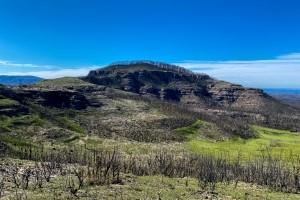
Mount Hay, Blue Mountains after the 2019-2020 fires. Photo: Eli Bendall.
The Greater Blue Mountains World Heritage Area is home to endemic, iconic and culturally significant species, many of which are at risk from increased fire and drought under climate change. We’re researching where, when and how certain plant species and communities are naturally protected from the effects of fire and drought. That knowledge will help manage the long-term resilience of Blue Mountain species and ecosystems.
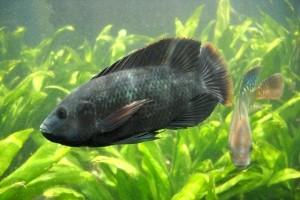
Mozambique Tilapia. Photo: Destinationkho CC-BY-SA 3.0
Ex-aquarium pets and fish farm escapees like carp and tilapia threaten Australian freshwater ecosystems. Non-native freshwater fish often outcompete their native counterparts for space, food and other resources. We’re finding out which waterways already contain non-native fish and where they’re likely to invade next. This data can help inform policies to protect Australian aquatic ecosystems and native fish species.
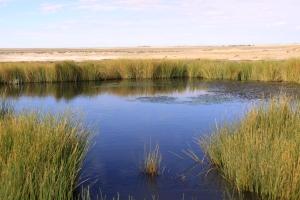
Blanche Cup Mound Spring. Photo: Don Shearman CC BY-NC-SA 2.0.
In Australia’s driest places there are refuges of water that support rich biodiversity. Groundwater-dependent ecosystems are often supplied through the movement of groundwater, something we know very little about. If arid areas are to be sustainably developed for agriculture, we need to know more about groundwater resources’ and possible environmental and cultural impacts of development.
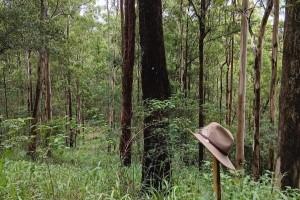
Surveying NSW Biodiversity Conservation Trust management plots. Photo: Josh Lee.
To protect Australia’s biodiversity, we have to restore the health of ecosystems, and ensure that these restoration efforts are as effective as possible. By working with stakeholders and determining what social and ecological factors lead to the best outcomes for restoration programs, this project will inform and improve future conservation efforts.
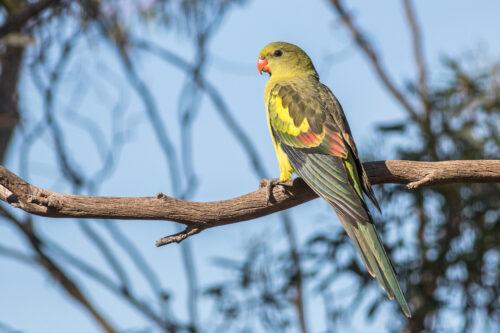
Eastern Regent Parrot – (Polytelis anthopeplus monarchoides). Photo: Sam Gordon
Mallee woodlands and shrublands are home to bird species, like the endangered mallee emu-wren, that only live in mallee habitats. But the degradation of mallee shrubland habitat from fire, drought and heatwaves is placing pressure on the survival of threatened mallee bird species. We’re using state-and-transition model simulations to understand how different land management practices affect conservation outcomes and help protect threatened mallee birds.
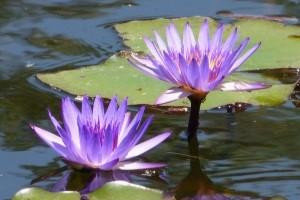
Water Lily (Nymphaea violacea). Photo: gailhampshire CC-BY 2.0
The biodiversity in Kakadu National Park faces many threats including climate change and invasive species. Due to the size of the park, land management activities need to prioritise high value areas for conservation. This project is identifying biodiversity and bush-tucker hotspots so that land managers and Traditional Owners can focus their efforts where these values overlap.

Sleepy Cod (Oxyeleotris lineolatus). Photo: Stephen Faggotter
The southern area of the Gulf of Carpentaria is earmarked for significant water-development. This could potentially impact ecologically and culturally important fish species. Working collaboratively with Traditional Owners provides a unique opportunity to combine cultural knowledge with scientific knowledge, train rangers on fish identification and ensure they are building capacity for future surveys.
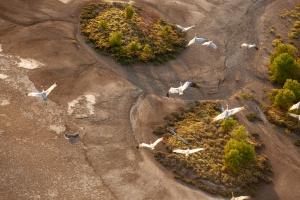
Walcott Inlet in the Kimberley Region of Western Australia. Photo: Philip Schubert
Indigenous rangers across the Kimberley region of northern Australia undertake many activities to protect wetland ecosystems from threats. In addition to tackling threats, rangers require monitoring methods to measure the impact of their actions. Hub researchers are working with Kimberley Indigenous Rangers and Traditional Owners to develop a wetland monitoring and management toolkit. It will draw on Indigenous and scientific knowledge systems to support Indigenous wetland management.
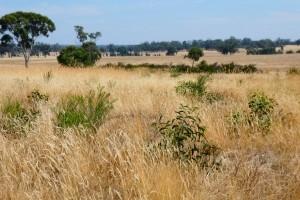
Young forest growing at Kara Kara. Photo: Greenfleet Australia CC-BY-NC-ND 2.0
Environmental conservation and Landcare involve a variety of activities, and the success of those activities can be measured in a variety of ways. By assessing the factors that contribute to the various outcomes (‘successes’) of existing programs, we’re creating the means for conservation programs to be improved and compared across multiple scales.
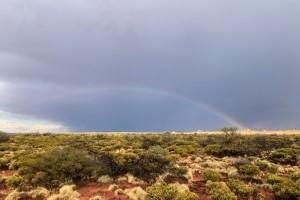
Rainbow – Dja Dja Warrung Country, BHA Reserve. Photo: John Douglas Block.
To address the increasing threats of climate change and natural disasters, we need to shift our mindset from ‘responding better’ to proactively preventing the worst outcomes. We’re consulting with Traditional Custodians to identify ecological and cultural values that are most at threat. By collaborating with experts across disciplines, we’re supporting the development of new strategies to achieve conservation outcomes.
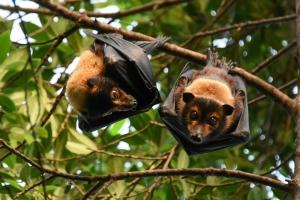
Spectacled flying fox. Photo: rollier CC BY-NC 4.0.
Spectacled flying-foxes are key pollinators and seed dispersers in Australia’s wet tropical forests. They were listed as Endangered in 2019, following an extreme heatwave in 2018 that wiped-out one-third of their population. We’re developing tools to detect extreme heatwave events that could impact spectacled flying-fox population and effective interventions to mitigate those impact
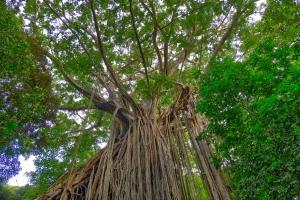
Curtain Fig Tree, Atherton Tablelends, Queensland. Photo: Geoff Whalan CC BY-NC-ND 2.0.
We are contributing to the recovery of Commonwealth-listed threatened species and priority places by supporting independent sub-projects and PhD projects. The project will inform the conservation of terrestrial and freshwater priority species and places listed in the Australian Government’s Threatened species action plan 2022–2032.
Want to know more about the Resilient Landscapes Hub's activities and our research into practical solutions to environmental problems? Stay informed about activities, research, publications, events and more through the Hub newsletter.
"*" indicates required fields